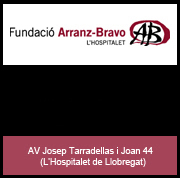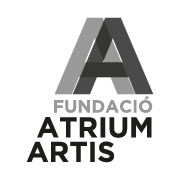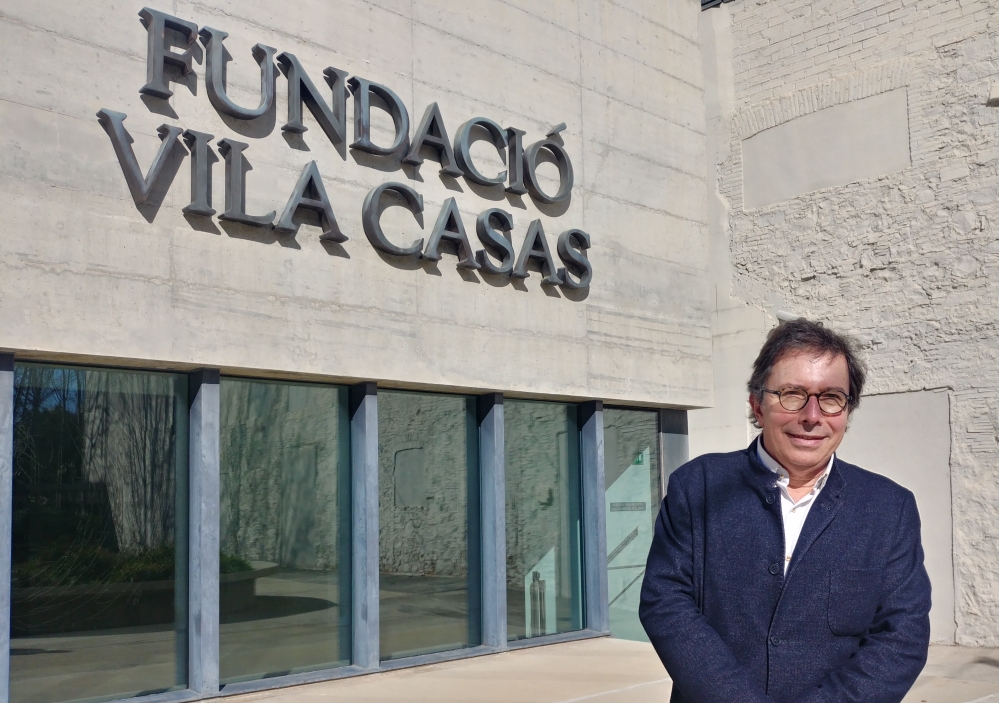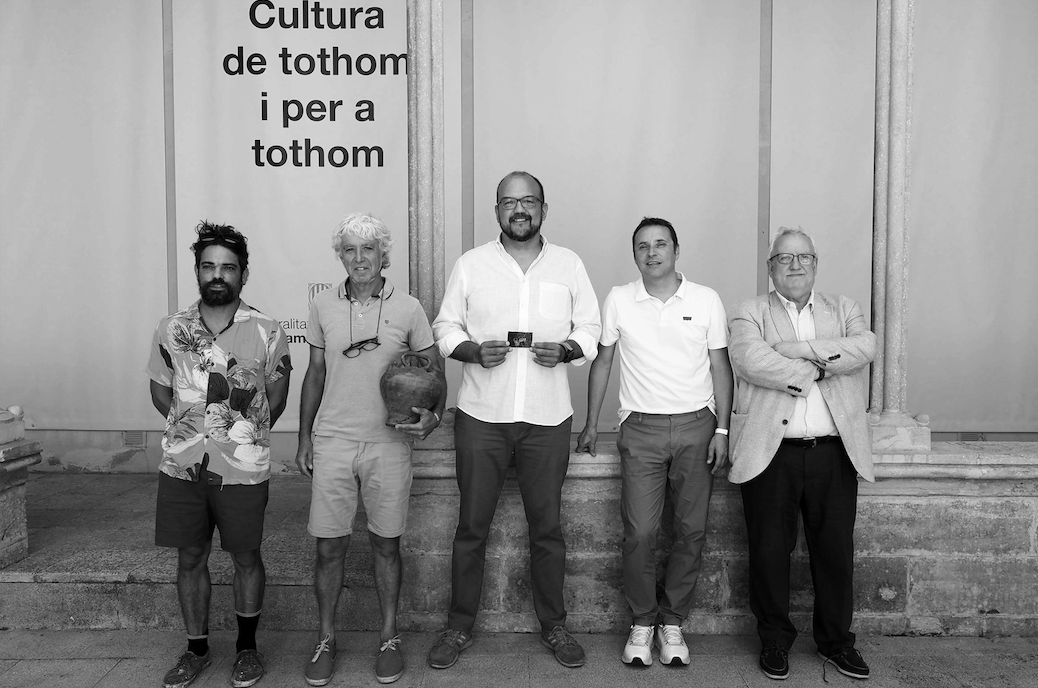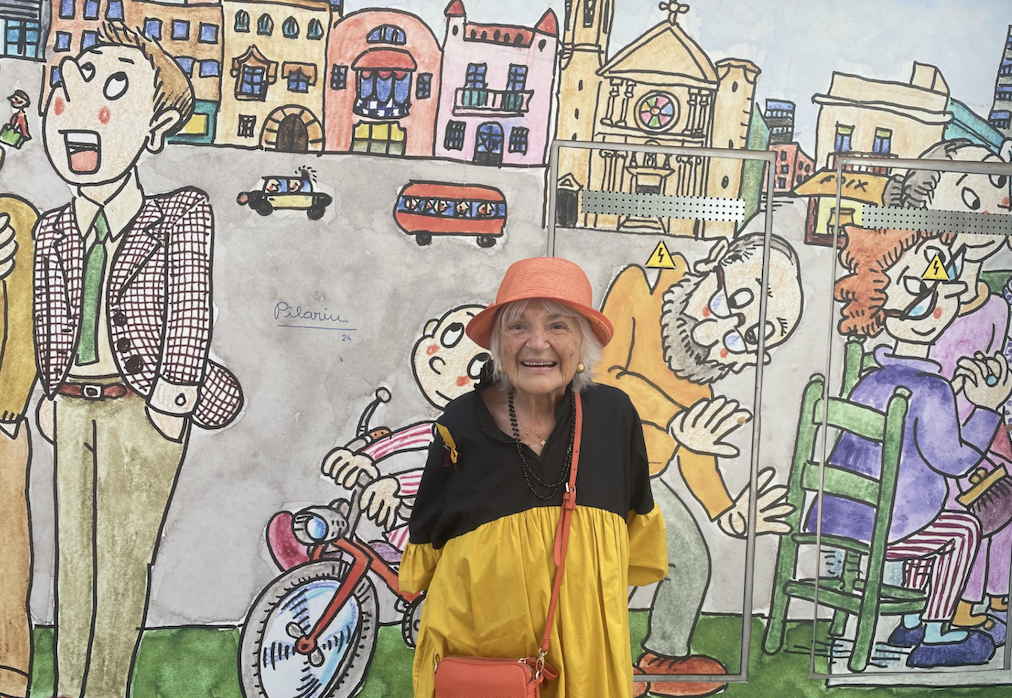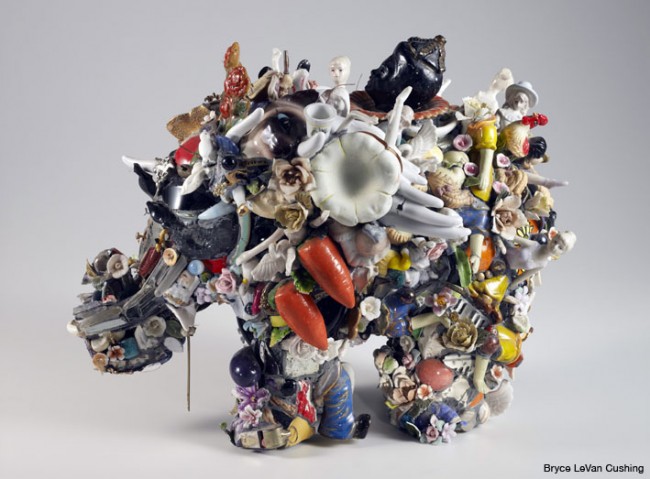Exhibitions
The Museum of Archeology of Catalonia inaugurates 'EMPÚRIES. Port of cultures'
The exhibition is part of the ambitious and profound museographic transformation process of the MAC as a whole, which will unfold over the next three years.
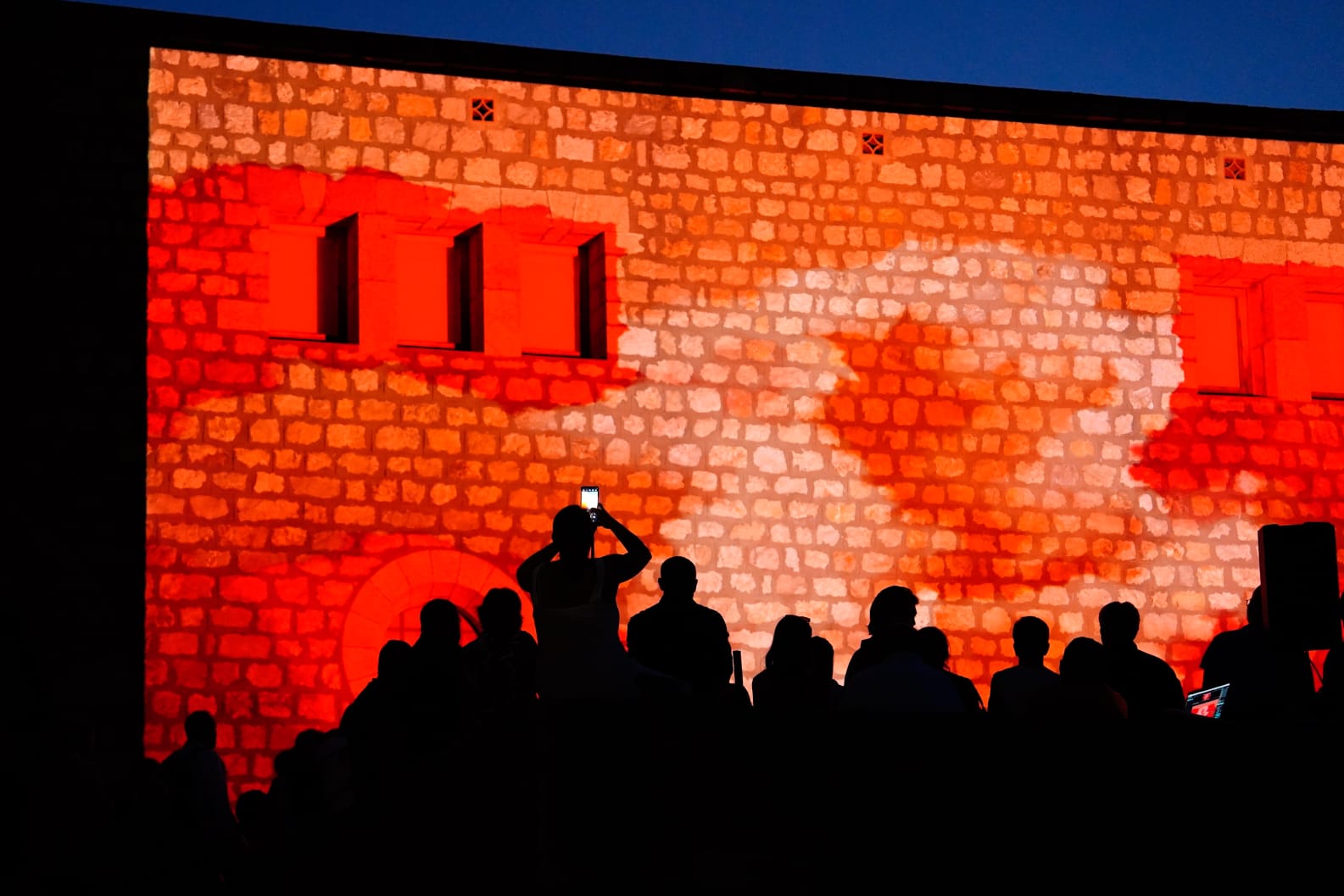
The Greek city of Empòrion, and then the Roman Emporiae, constitute one of the most important archaeological sites in the entire western Mediterranean. The cities were the gateway, first of the Greek and then of the Roman civilization, to the Iberian Peninsula. The site has reached us to this day with an important degree of conservation, which makes it one of the most fascinating places to learn about the history of the ancient Mediterranean.
The EMPÚRIES show. Port of Cultures is the site's new permanent exhibition, which presents a synthesis of its urban, landscape, artistic and cultural evolution from the time of its function to the High Middle Ages. The exhibition takes up five hundred square meters of the old monographic museum of the site, which has been suitably renovated and conditioned in order to adapt it to the needs of the conservation of the collection and make it accessible to visitors .
The exhibition presents around six hundred representative objects from the extensive collections kept at the MAC and especially at its headquarters in Empúries. In order to make it more attractive and accessible, the exhibition also includes the latest audiovisual resources. EMPURIES Port of Cultures has been curated by the team of conservators from the MAC in Empúries, coordinated by its manager, Marta Santos. The exhibition design has been developed by a group of professionals led by Dani Freixes.
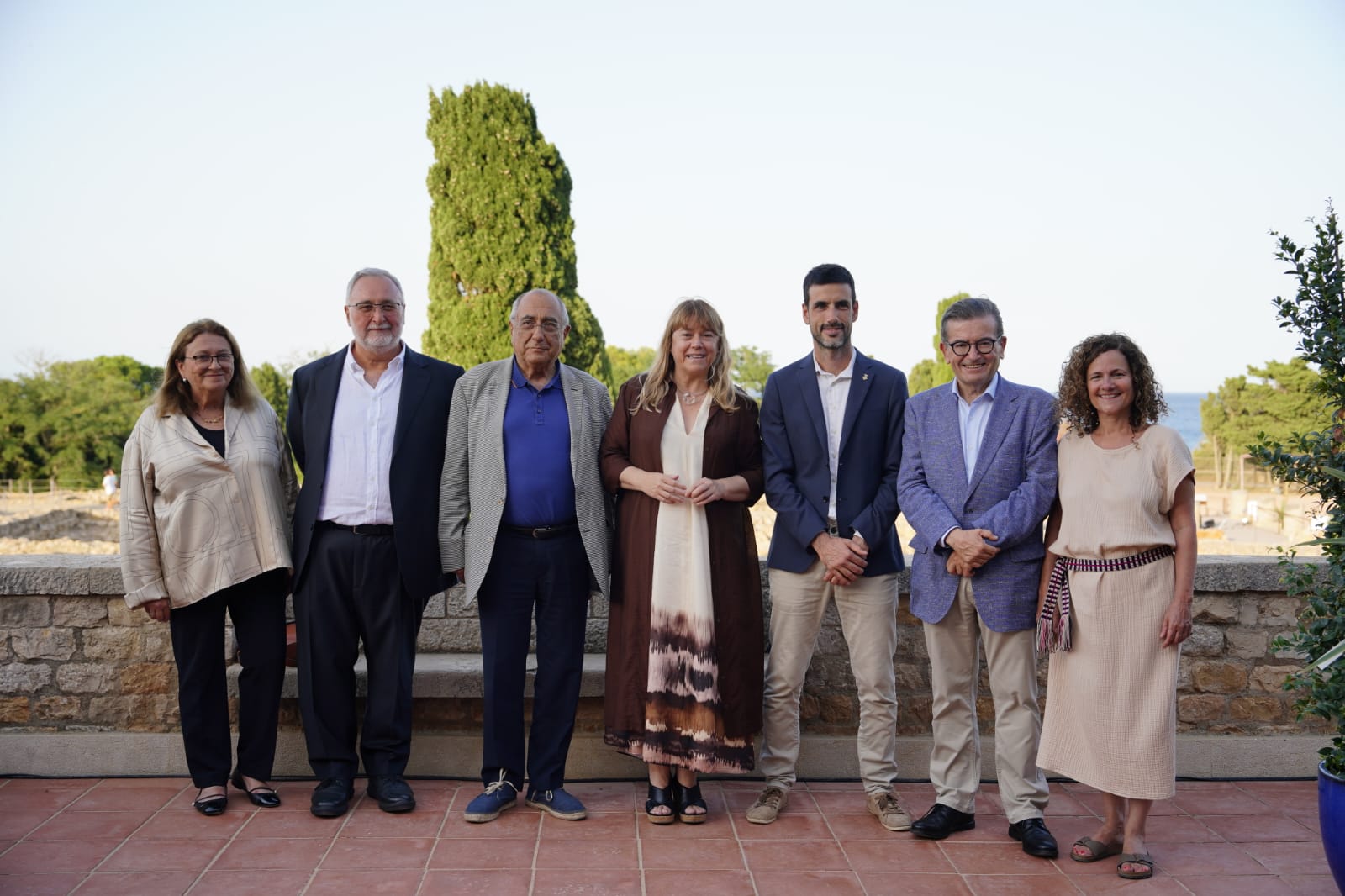 Inauguració amb la presència institucional del director del Museu d’Arqueologia de Catalunya, Jusèp Boya; el director general adjunt de la Fundació “La Caixa”, Joan Ramón Fuertes; l’alcalde de L’Escala, Josep Bofill; i la consellera de Cultura, Natàlia Garriga.
Inauguració amb la presència institucional del director del Museu d’Arqueologia de Catalunya, Jusèp Boya; el director general adjunt de la Fundació “La Caixa”, Joan Ramón Fuertes; l’alcalde de L’Escala, Josep Bofill; i la consellera de Cultura, Natàlia Garriga.
From Emporion to Empúries
Structured in seven areas, the exhibition presents a synthesis of the landscape, urban, institutional, social, cultural, political and religious evolution of the site, from the evidence of the first Neolithic occupations to late antiquity. The introduction places us in the testimonies that the history of Empúries has left us to place us in a first area where the gods of Empúries have their unique role. A second area presents the evolution of the territory and the population , as well as the transformations in the old urban centers through an audiovisual projection that incorporates numerous 3D resources. The ancestral origin of the population of the area is treated in the third area, from the Neolithic period to the beginnings of the Iberian culture. In the central showcase and the six multimedia spaces that occupy the main space of the exhibition, the different areas that structure the discourse related to the ancient Greek and Roman cities are discussed. The first area focuses on the Greek city , structured in several themes: the origin of Emporion, around 575 BC and the subsequent configuration of this small city located on the shores of the Mediterranean; life in Emporion and the its particular idiosyncrasy; the cults that took place there and the funeral rituals before death.
The next area introduces us to the situation created by the Roman presence , from the landing of the troops during the second Punic war to the creation of a new city at the beginning of the 1st century BC and to the full integration of the new city in the Roman world. The successive sub-areas will tell us about the decoration of the great domus, with excellent examples of mosaics, paintings and sculptural elements. They also deal with what life was like in Emporiae, society and everyday life; the urban economy and the exploitation of the countryside; cults and superstitions; and the rise and fall of the port of Emporium, which happens to play a secondary role in the new trade circuits of the Roman era.
The last area already places us in the transformations following the abandonment of the Roman city at the end of the 3rd century AD, with the creation of the bishopric of Empúries and the appearance of new settlement areas, as in the case of the sector of Santa Margarida. Finally, the exhibition concludes with a mention of Empúries' legacy and the future of this extraordinary site, with a recognized scientific, cultural, social and educational dimension.
The god Asclepius and other treasures of the exhibition
EMPURIES Port of Cultures exhibits around 600 archaeological objects, all of them from the excavations carried out at the site since the 19th century and which constitute one of the most interesting archaeological collections in Catalonia, the Iberian Peninsula and the Western Mediterranean.
Among the most relevant pieces, the Greek commercial letter of lead from the sixth century BC in which the Emporitans are mentioned for the first time, the representation of the god Asclepius, made of marble from the island of Paros (unique in the Western Mediterranean) and the magnificent mosaic of a Roman domus from the s. I BC with the representation of the sacrifice of Iphigenia. For the first time, among other unique pieces, the ivory plaque with an inscription in Greek that conveys a pact of hospitality between an Emporitan and a member of a Roman patrician family and also the presentation of the recently restored Roman wall painting panels.
The relevance in the history of Empúries
At the base of the exhibition is the important archaeological research work carried out by the museum and particularly with the collaboration of the German Archaeological Institute of Madrid. These works, pioneers in the study of the paleolandscape, have made it possible to produce Empúries, a long history: a unique reconstruction of the entire paleolandscape of this territory from the Neolithic to the present day. Thanks to the new 3D technologies we can show this landscape, a resource that constitutes one of the most unique elements of the new exhibition proposal.
The new exhibition also presents six new multimedia productions focusing on: Before the Greeks. The rites of death; The port of Emporion; Living in Emporion; Living in Emporiae; Rise and decline of the Emporio port and A new power, a new order.
An important milestone in the MAC's global museum transformation
The new exhibition is a milestone in the important museographic transformation process that the MAC started three years ago. This important museographic renovation work seeks to make a more attractive museum, with greater capacity to interest audiences of various origins, ages and conditions. All this obeys the new vision that inspires and governs the museum's actions: work to turn it into a national and international reference facility where archeology explains, questions, surprises and excites.
The new permanent exhibition EMPÚRIES. Port de cultures has been possible thanks to the institutional collaboration agreed between the Generalitat de Catalunya and the "La Caixa" Foundation within the framework of the Patrimoni en Acció program, which has contributed a good part of the resources necessary to make it possible .


